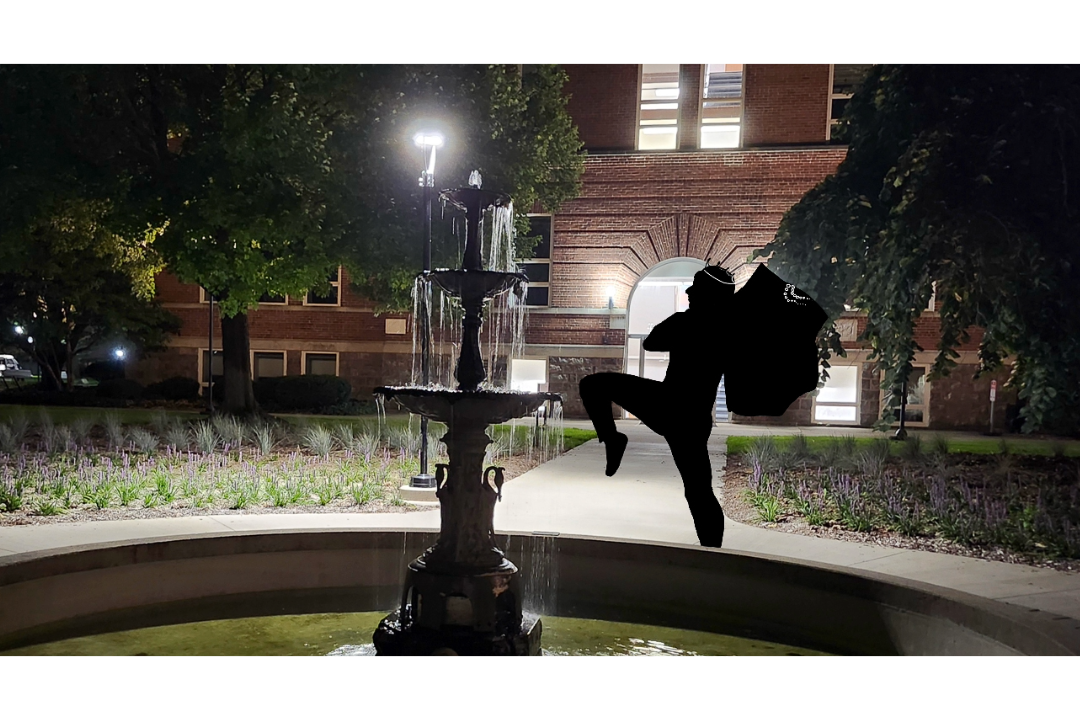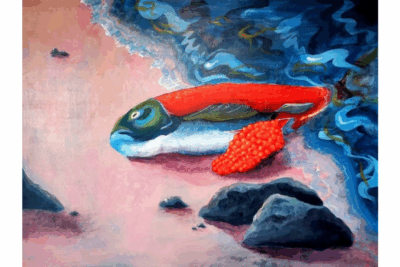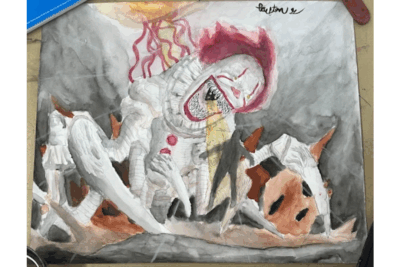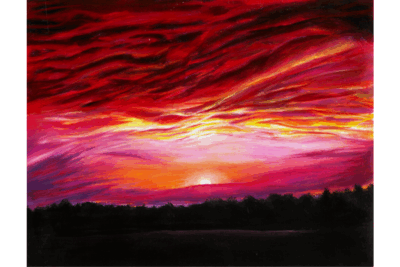According to BBC News, at 9:30 a.m. on Sunday, Oct. 19, four thieves arrived at the Louvre Museum in Paris, equipped with masks, power tools, and a mechanical furniture lift. Eight minutes later, the thieves fled the scene on scooters with eight priceless pieces of jewelry, some of the last remaining of France’s Crown Jewels, worth about 88 million euros, or $102 million.
BBC reports that no security cameras monitored the balcony where the thieves broke in and, though wider museum alarms sounded, the localized alarms in the Galerie d’Apollon, where the jewels were displayed, had recently been broken. These factors may have aided in the success of the heist.The incident has sparked widespread conversation on the proper protection and exhibition of valuable artwork. This conversation has been talked about in places as small as Goshen College’s campus.
Though GC is far from rivaling the Louvre in terms of the extent and value of it’s art collection, there are a variety of different art pieces displayed around campus made by local, national and international artists.
According to Ryan Snider, senior art major, it’s hard to estimate, but some of the pieces are more monetarily valuable than others. These include “National Parks” by Naomi Lamont, which hangs in the science building, and the Polish prints in the hallway on the third floor of the Administration Building.
Merrill Krabill, former professor of art, is not particularly worried about these pieces being stolen. “They would be expensive to buy, but they would not be easy to sell if someone stole them,” he said.
Regardless, there are some precautions put in place to prevent the theft of GC’s artwork.
“A number of our framed works actually now have … locking hardware that connects them to the wall … We’re trying to figure out some better ways of securing three-dimensional pieces so that they don’t get picked up and moved,” said Sara Method, associate professor of art.
While there are no explicit records of any art on campus being stolen, but many pieces have gone missing over the years. Krabill and Method both speculated these pieces were likely just moved from one spot on campus to another without the knowledge of the art department, as some previously missing artwork has been found in storage closets and other unexpected places.
“We actually found ‘GC Fountains Old and New’ in the AD women’s basement bathroom,” Method said. This particular painting was supposed to be displayed in the Union Building.
Not every work has been so easily located. A life-sized sculpture entitled “Judas” has been deemed permanently lost.
“It just disappeared. There’s no record of it,” said Snider, who worked with Method to locate displaced artwork as part of a Maple Scholars project. “We’re assuming somebody probably threw it away.”
Krabill expressed that in his time at GC, the main issue regarding the artwork around campus was the pranks that were played with them, particularly the Broken Shield sculpture.
“At one point people painted the sculpture purple,” he said. “Another time people took it apart and reassembled it.”
Snider and Method also expressed their dissatisfaction at the everyday ways campus art pieces are disrespected. They mentioned how damage accumulates on things like paintings when people don’t pay attention to or treat them as artwork.
“It’s like having a collection in your house,” Method said. “You live with it all the time, so you start ignoring it … and kind of forget that it was originally put there for a reason to think about.”
Unlike the Louvre, there is not necessarily an issue with art theft on GC’s campus but Snider, Krabill and Method all believe the artwork needs to be treated with more intentional care and awareness.
“Think about it as though you were in a museum,” Snider said. “Take a moment to actually look at it and think about what it means … Like, what is significant enough about it that someone felt that it was worth being a part of the collection?”




